Residency Partnership Resources
Bank Street College launched Prepared To Teach (formerly the Sustainable Funding Project, or SFP) to help districts, states, and teacher preparation programs find ways to develop sustainable streams of public funding to support high-quality teacher preparation. Our vision is for every teacher to be able to afford quality preparation so that every classroom has an excellent teacher on day one.
Here, you can find the resources Prepared To Teach uses across the country categorized by topic. By clicking a link on the right, you’ll be directed to a bank of relevant documents, reports, presentations, and videos developed by the Prepared To Teach team.
If you have a question about any of the resources below or about our work in general, get in touch with our team!
About Teacher Residencies
Our education system needs high quality, sustainable teacher preparation.
Teachers should learn through the same kind of intensive clinical practice models as used in medicine and other professions. Residencies provide the knowledge, skills, and practice that teachers need to be successful in the classroom.
-
Our Vision
An Education Ecosystem that Works
All stakeholders—districts, aspiring teachers, preparation programs, schools, students, families, and communities—benefit from high quality teacher preparation. Teacher residencies based in strong partnerships have the potential to change our education system.
-
Train Teachers Like Doctors
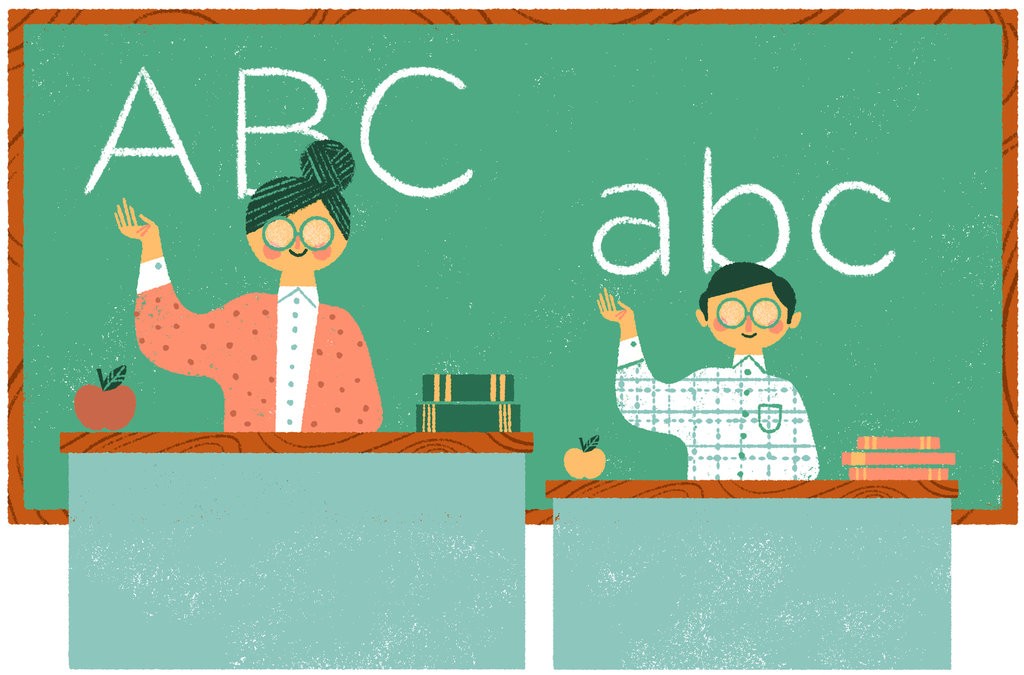
Train Teachers Like Doctors
Just as we recognize that aspiring doctors need training before they can diagnose and prescribe, we need to acknowledge that teacher candidates require an upfront investment. In this op-ed, we argue that aspiring teachers need well-designed and well-supported preparation similar to the models used in the medical profession. Yearlong co-teaching residencies, where candidates work alongside an accomplished teacher while studying child development and teaching methods, offer a promising path.
-
For the Public Good
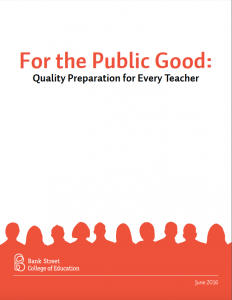
For the Public Good: Quality Preparation for Every Teacher
It’s time to transform our system to ensure that teachers have the practice and support they need to be successful in 21st century classrooms. Teaching is a clinical practice profession, and teacher preparation should reflect that. We believe that preparation programs and districts can work together to create a better system. For the Public Good: Quality Preparation for Every teacher is our framework for change.
-
Clearing the Path
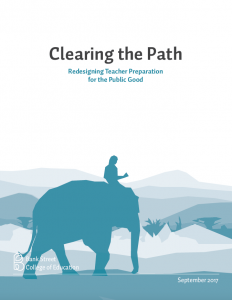
Clearing the Path: Redesigning Teacher Preparation for the Public Good
In Switch: How to Change Things When Change is Hard, Chip and Dan Heath use the analogy of an elephant needing to alter its course to explain the challenges of making a big change. Sometimes, the elephant doesn’t want to change paths; sometimes, the rider isn’t providing adequate direction. But in other cases, there’s something blocking the path. In our efforts to transform teacher preparation across the country, Prepared To Teach has found that it’s the path that’s blocked: aspiring teachers can’t afford to attend quality preparation programs without financial support. Prepared To Teach works to create partnerships that optimize the conditions for change and “clear the path” for teacher candidates by ensuring they have adequate support. This report details the challenges candidates face, and shares potential structures for paid teacher residencies.
-
Money Matters in Teaching
Professions start with practice, and aspiring teachers can’t work for free.
Prepared To Teach focuses on creating financially accessible pathways to teaching for aspiring educators because research shows that limiting costs to candidates can make a difference for schools, teachers, and students. Teacher preparation includes few opportunities to earn while learning, unlike other professional programs. By restructuring teacher preparation to be similar to medicine, we can alleviate financial burdens for students and recruit a more diverse, committed teaching workforce. This two-page document breaks down the potential of funded residencies to address these issues with point-by-point citations from the research.
-
Research Behind the Work
Selected Research Supporting Sustainable Funding for Quality Teacher Preparation
Teacher residency models have proven impact on four persistent teacher quality challenges: attracting strong candidates, teaching key skills, preparing for high-needs positions, and retaining talent. Prepared To Teach helps districts and preparation programs harness local strengths to develop residencies that meet their needs by preparing excellent, committed teachers.
Partnering for Quality Preparation
Teacher residencies rely on collaborative efforts from schools, districts, universities, policymakers and more.
Residencies rely on deep partnerships to support programs. By starting from the strengths of each institution, residency partnerships can build quality, sustainable preparation systems.
-
Sharing Costs and Resources
Creating Mutually Beneficial Partnerships
Two people living in different apartments pay separate rent and invest in separate furnishings. But when they move into a shared apartment, rent and furnishings become mutual responsibilities and benefits—each person sees a decrease in monthly rent, and they also have access to some extra resources, like a TV or stereo. Those benefits might come with some compromises or extra responsibilities, but each person sees long-term savings in return. Districts and preparation programs can take a similar approach to partnerships for residencies. When relationships are based in mutual trust and shared goals, all parties benefit.
-
Partner Roles
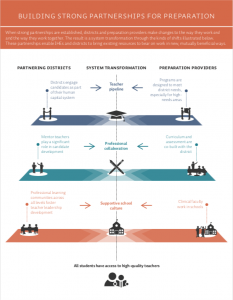
Building Strong Partnerships for Preparation
Districts and preparation programs each have a role to play in transforming the system. It’s a process that takes commitment and cooperation from all sides to create a quality teacher pipeline, continuous professional collaboration, and supportive school culture.
-
Teacher Development Trajectory
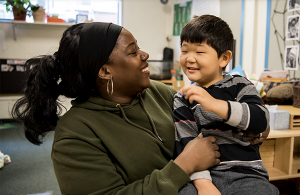
Transforming the Teacher Development Trajectory
Teacher preparation should serve as an on-ramp for aspiring teachers, not a hurdle to be jumped en route to the classroom. Residencies based in deep partnerships create supportive structures that give candidates the resources they need to be successful while deepening the culture of teaching and learning for all of the educators involved in the preparation process.
-
Making Teacher Preparation Policy Work
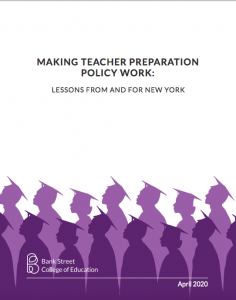
Making Teacher Preparation Policy Work
Making Teacher Preparation Policy Work: Lessons From and For New York outlines policies that can support teacher residency partnerships informed by New York’s clinically-rich preparation pilot. In the report, you can read stories of transformation from preparation programs that established deep partnerships with local districts in an effort to create high-quality clinical practice opportunities for candidates. Building from these stories and New York’s preparation landscape, Making Teacher Preparation Policy Work identifies six principles for policy that can create a supportive environment for scalable, funded teacher residencies.
-
Co-Designing Residencies
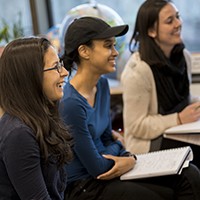
Co-Designing Teacher Residencies: Sharing leadership, finding new opportunities
This report focuses on how a group of university teacher educators at Western Washington University’s Elementary Education program and district administrators at Ferndale School district reconsidered their approach to teacher preparation. Read about the successful outcomes of the work, including revisions to the residency like work opportunities, a revised placement process, a district “on-boarding” process, and responsive professional development throughout the residency. Finally, you can find the “ingredients” that enabled the district and teacher preparation program to identify needs and priorities while uncovering opportunities to work differently together.
-
Aspiring for More

Aspiring for More: Deeper Partnerships for Sustainable Residencies
This partnership-focused report shares lessons learned from 12 university/school district sites as they implemented teacher residency programs during the 2019-2020 school year. Sites began their programs in 2019, after a year of development and co-construction activities facilitated with Prepared To Teach, and contributed to a national learning network. The report focuses on findings from this work in six areas: sustainability, partnership development, program redesign, supporting school improvement, mentor development, and resident learning. Read to learn more about the residency implementation process in different contexts and key takeaways for universities and districts looking to establish a sustainable residency program.
-
Five Domains
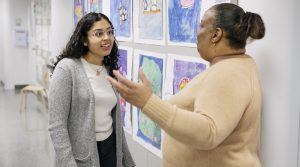
Five Domains for Teacher Preparation Transformation
This report describes the process of establishing the current Prepared To Teach theory of change, which supports national communities of practice in five domains identified by the Network’s learning agenda in the 2019-2020 school year: mindset shifts, educator roles, labor market alignment, school improvement, and deeper learning. Read how these five domains are explored through existing residency partnership programs, how individual programs both solidified and strengthened existing partnerships, and important insights into how to expand and share the benefits partnerships can reap through their work together. Finally, explore how the domains center the need for systemic changes built upon the cornerstones of justice and equity in order to construct an educational system that helps every student thrive.
-
Advisory Boards
Creating a Strong, Inclusive Advisory Board
Designing a residency requires attention to both long-term and short-term planning processes, all of which should be overseen by an inclusive group of stakeholders. By working together, advisory boards can develop expectations for the program and quality placement sites for residents. This video shares Prepared To Teach’s perspective on creating a strong, inclusive advisory board to guide your work.
-
Sample Memorandum of Understanding
Sample Memorandum of Understanding for Teacher Preparation Program and District
In our work with districts and preparation programs, Prepared To Teach has established the importance of defining roles and marking commitments to new partnerships. All of our partners benefit from clear and mutually agreed upon responsibilities and timelines, and we’ve created this sample memorandum of understanding to facilitate those conversations between districts and programs. This isn’t necessarily the first step along the way to creating a strong residency program, but this document represents the best of our learning thus far and can be a useful resource for considering how partners might work together most effectively at any point in the program development process.
Sustainable Funding for Residencies
Residency structures can help free up existing dollars and create savings.
Policy plays an important role in creating a supportive context for sustainable residencies. Building sustainable structures from the ground up is the key to long-term changes to the system. It’s possible to design a residency without extra dollars.
-
The 3R's of Sustainable Funding
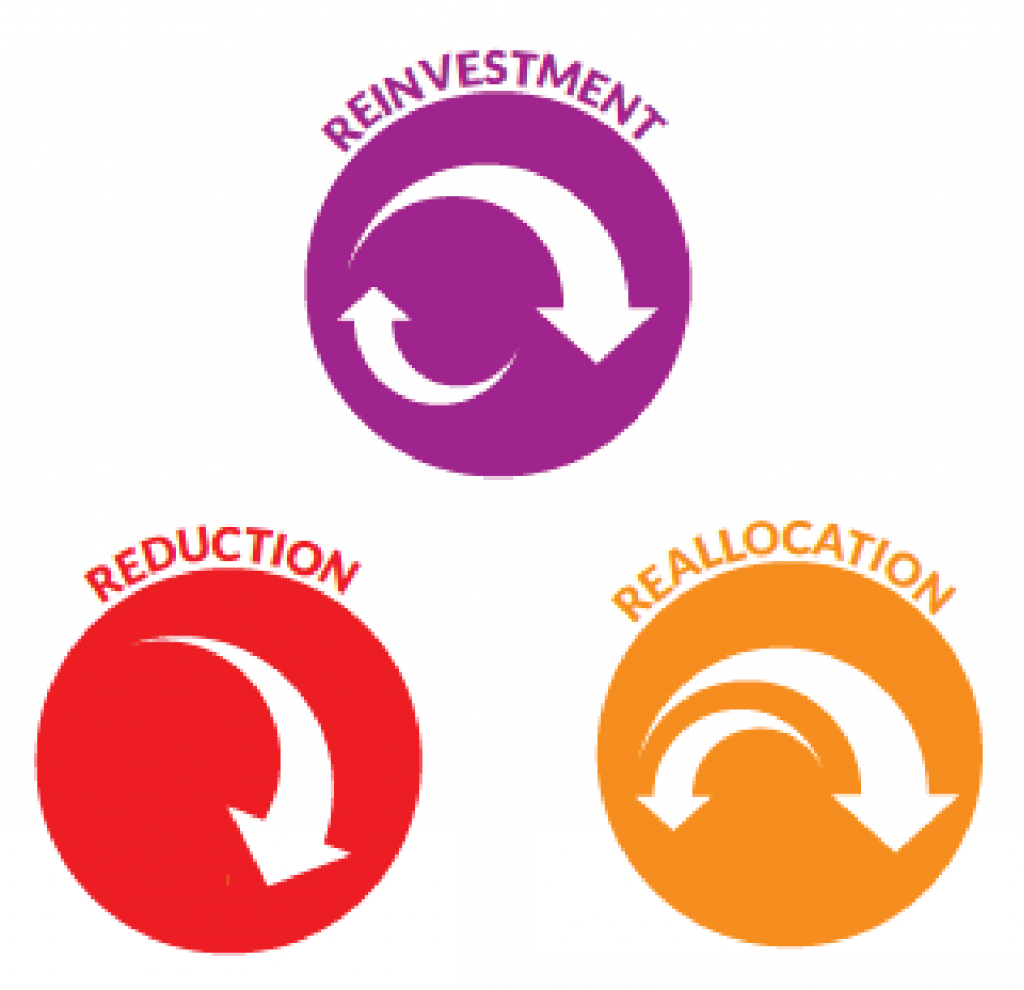
The 3 Rs of Sustainably Funded Residencies
Deep partnerships between universities and districts are essential to the success of locally-grown teacher residencies, in part because of the funding opportunities these relationships unlock. Across the country, partnerships have identified funding strategies that can sustain and scale residencies, including dedicated financial support for aspiring teachers completing their clinical practice placements. Districts rethink staffing to free up dollars and programs find ways to reduce costs. When residencies design and recruit in ways that meet P-12 needs, districts also frequently dedicate additional dollars to the partnership. Together, these approaches offer “3 Rs” for sustainable residency funding.
-
Roles for Residents
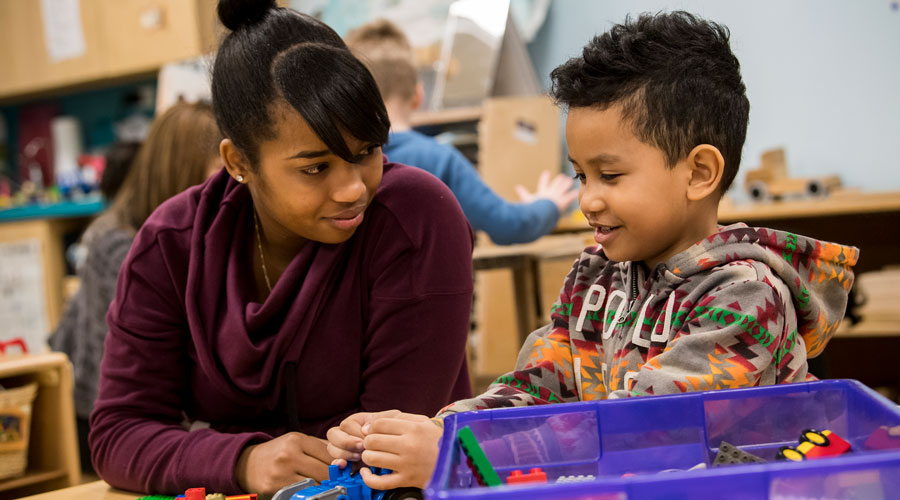
Roles for Residents to Unlock Funding
Residents can play important roles in classrooms while they’re working and learning. Schools spend thousands of dollars each year on substitute teaching, tutoring, and enrichment programs, all of which can be worked into residency programs. By building program structures that maximize resident learning and fill existing roles, school leaders can reallocate funding to support teacher residencies.
-
Clearing the Path

Clearing the Path: Redesigning Teacher Preparation for the Public Good
Sustainability needs to be a part of residency program development from the earliest stages. Schools, districts, and preparation programs can leverage structures that facilitate strong partnerships and reduce student financial burdens—but those pieces need to be integrated into each step of the planning, design, and implementation process. “Clearing the Path” examines how partnerships can work together to sustain residencies and create lasting change in our education system.
-
Making Teacher Preparation Policy Work

Making Teacher Preparation Policy Work
In order for teacher residencies to be successful, states and localities need to enact supportive policies. This includes laying the groundwork for sustainability, which ensures longevity and scalability for funded residencies. Making Teacher Preparation Policy Work shares principles for policy that make sustainability possible, based on successful programs and policies in New York State. The report also includes a one page pull-out highlighting the potential for long-term sustainable teacher residency growth using real numbers from New York, shared here as a standalone document for ease of distribution.
-
Investing in Residencies, Improving Schools
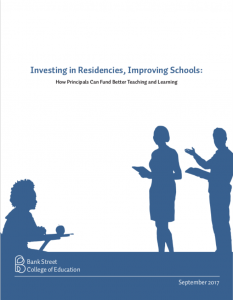
Investing in Residencies, Improving Schools: How Principals Can Fund Better Teaching and Learning
All over the country, school leaders structure budgets to make room for innovative programs, creative staffing plans, and new initiatives. Principals have the opportunity to do the same when it comes to residencies—and when they do, not only aspiring teachers benefit. The entire school community sees positive impacts on school culture, professionalism, collaboration, and learning. Using funding models from California public schools, Investing in Residencies, Improving Schools explores where there might be room for co-teaching in every public school classroom.
-
Following the Money
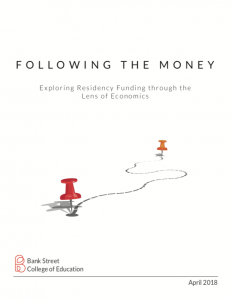
Following the Money: Exploring Residency Funding through the Lens of Economics
At the root of the challenges in our current teacher preparation system is the means by which we fund programs. The economic challenges in our education system are well known, but in Following the Money, we dive into the realities of funding for teacher preparation specifically—and call for the creation of a knowledge base about the system in order to support quality.
-
Sharing Resources
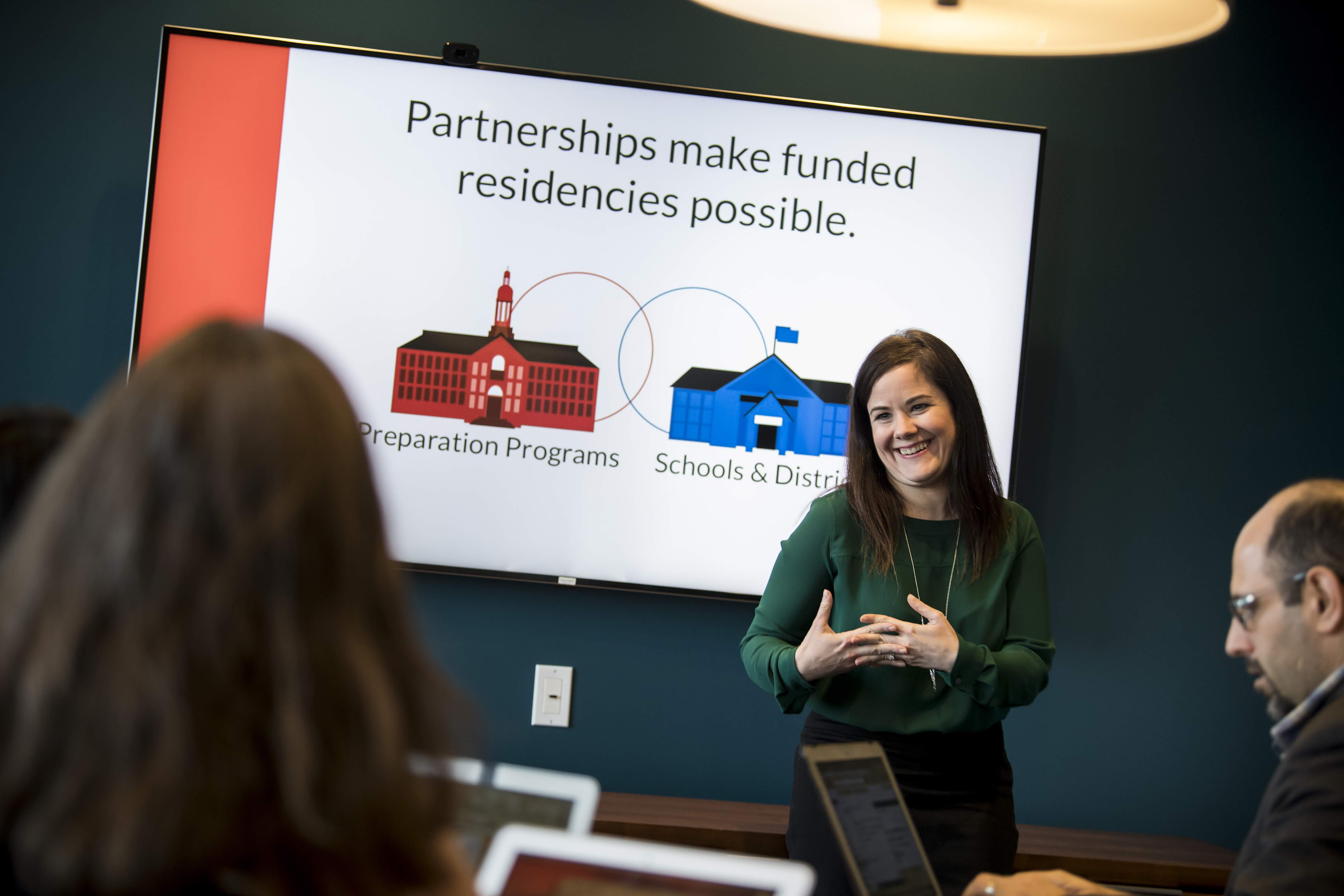
Partnership Structures for Funding
Deep partnerships between preparation programs and districts can support specific structures that develop a pipeline of quality teachers and maximize resources for the residency program. These infographics provide ideas about how districts and program leaders can start to think creatively about how existing dollars are spent, and where partnerships can create opportunities for long-term changes to the system.
-
Cost Savings through Reduced Turnover
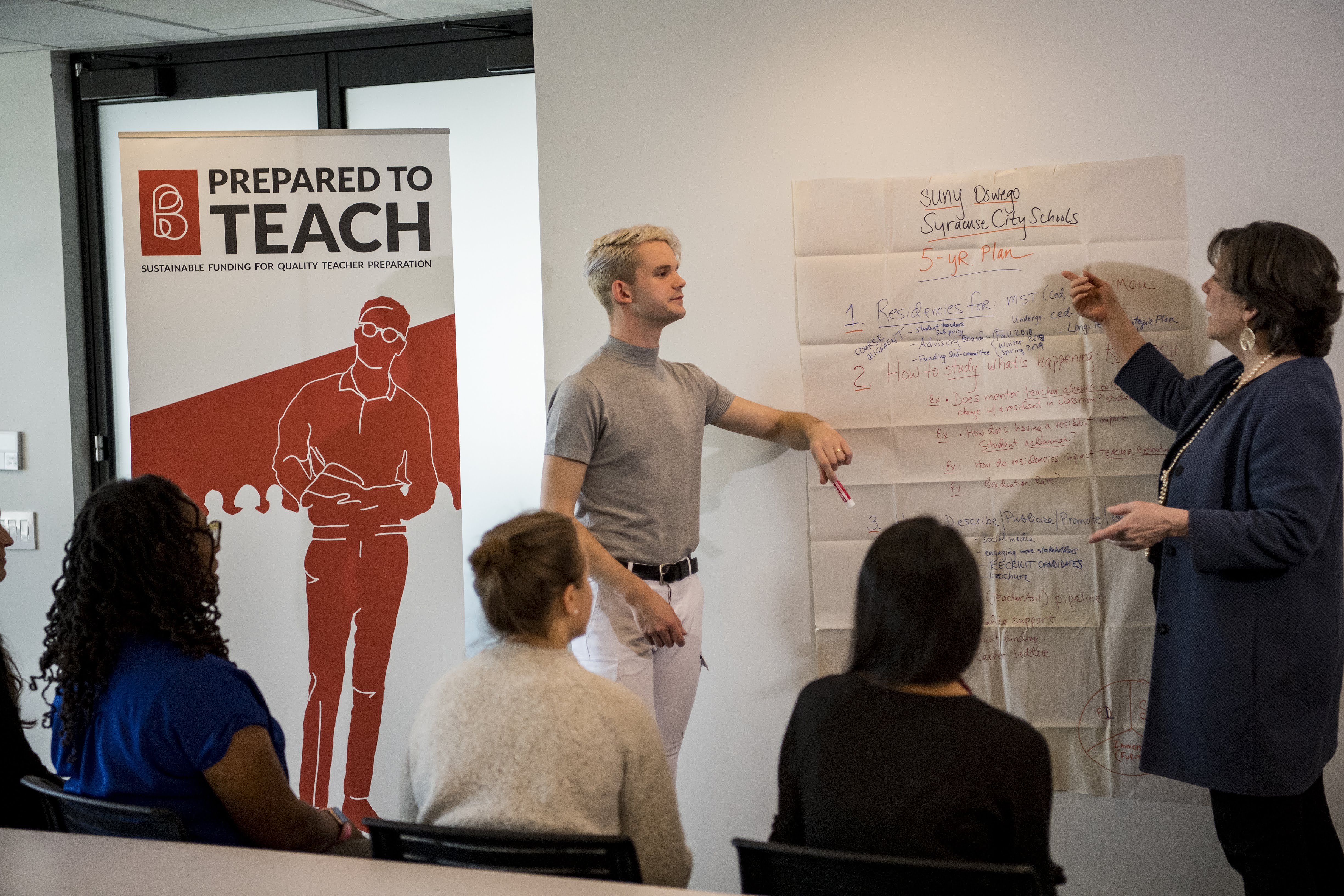
Cost Savings for Long-Term Sustainability
Recruiting, hiring, and onboarding new teachers is a major expense for districts across the country. Filling a vacancy in an urban school costs about $20,000—and most districts hire tens, if not hundreds, of new teachers each year. Often, those vacancies are caused by early-career teachers who leave after a year or two. Since residency-trained teachers stay in their positions longer, districts can reduce spending on turnover by hiring from a pipeline of residents. Over time, savings on recruitment and hiring costs can help sustain the residency program and create a self-renewing investment in teachers.
-
ESSA Opportunity
The ESSA Opportunity for Residencies
Residencies are eligible for all state and local funding because they fulfill the needs of P-12 students in meaningful ways—teacher residents lower student/teacher ratios, provide valuable small-group instruction, and support high-needs groups of students. In addition, federal dollars where they exist can support residencies. Prepared To Teach clarified guidance from the DOE to identify how federal funding can be applied to residency pathways. This brief document gives guidance on how districts can use these opportunities to integrate a pipeline of quality teachers and support school improvement initiatives.
Teacher Candidate Financial Realities
Becoming a teacher doesn’t have to be expensive—residency funding models can address candidates’ needs.
Too often, aspiring teachers take out extra loans to complete clinical practice or struggle to work extra jobs after a full day training to be a teacher. Funded residencies lessen students’ burdens so they can focus on learning.
-
#MoreLearningLessDebt
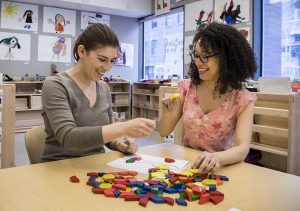
#MoreLearningLessDebt: Voices of Aspiring Teachers on Why Money Matters
During the 2019-2020 school year, Prepared To Teach conducted a survey at 12 institutions across seven states to explore aspiring teachers’ financial burdens. Now, we’re sharing the results of that survey in #MoreLearningLessDebt: Voices of Aspiring Teachers on Why Money Matters. Learn about the many anxieties that aspiring teachers face during preparation, the difficult choices they are often forced to make in order to pursue their passion for teaching, and the impact this has on the quality and diversity of our nation’s pool of teacher candidates. Further analysis asserts that the future of the teaching profession depends on improving access to quality preparation programs by ensuring that aspiring teachers are supported financially in their journey to becoming the best-prepared educators they can be.
-
Financial Barriers
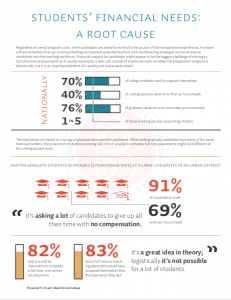
Candidate Financial Barriers
More than two-thirds of college students work to support themselves, and that rate is even higher among graduate students. Many work more than 35 hours a week to make ends meet, even while going to school full-time. On top of the standard requirements of study and work, teacher candidates are faced with an additional limitation: unpaid clinical practice. Our current system asks teacher candidates to work in schools for free, making it even more difficult to study while holding down a paid job. A better system removes that burden by paying teacher candidates to practice so that they can focus on learning during preparation.
-
Clearing the Path

Clearing the Path: Redesigning Teacher Preparation for the Public Good
Aspiring teachers need the time and resources to focus on learning during sustained clinical practice. Too many teacher candidates can’t afford to participate in the kind of practice and reflection that happens in quality preparation programs—they end up dropping out and enrolling in alternative preparation, working on nights and weekends just to pay rent, or taking out extra loans that take years to pay off. “Clearing the Path” so that candidates can afford to participate in quality preparation means finding creative ways to use existing dollars. In this report, we share our financial models as a starting point for residency partnerships looking to create sustainable structures.
-
Teacher Voices
Practice Makes Preparation: Teacher Stories
Prepared To Teach interviewed graduates of traditional, alternative, and residency programs about their motivations to become teachers, choices for preparation programs, and experiences during clinical practice and as teachers of record. We’re sharing these interviews to bring teachers’ voices into ongoing conversations about how to ensure every teacher can have a quality preparation experience. When real teachers share their stories, we can see clearly what it takes to become an excellent educator: enough time to focus on learning, enough money to make preparation the priority, and enough practice to be ready on day one with kids.
Teacher Pipeline Transformation for Urban Districts
Large districts can capture cost savings from reduced turnover by creating embedded teacher residencies.
Deep partnerships and carefully aligned programs can reduce teacher shortages in urban districts. Best of all, residency-trained teachers stay in the classroom longer—so large districts reduce hiring needs over time.
-
Overview
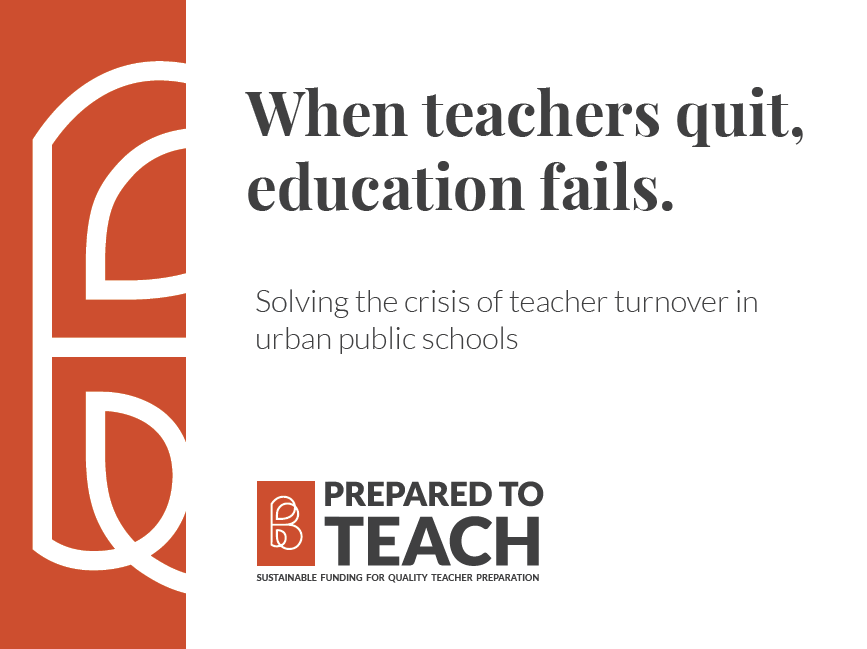
The Prepared To Teach Urban Transformation Strategy
Large urban districts invest significant resources in recruiting, hiring, and training new teachers each year, yet teacher turnover rates remain high. Too often, those human capital investments walk out the door when new teachers leave after a year or two. Prepared To Teach created the urban transformation strategy in response to the urban teacher turnover crisis, using our experience from two years of work across the country to put together a plan that reduces turnover and maximizes savings by embedding teacher residencies in urban districts.
-
Summary
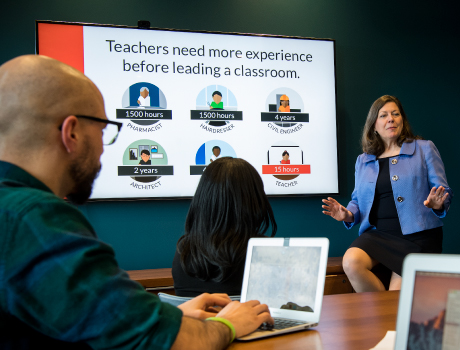
Urban Transformation Summary
Research shows that novice teachers are the least likely to stay in urban schools, and when teachers leave on a regular basis, it’s challenging for schools to create a stable learning environment. Prepared To Teach’s urban transformation strategy relies on preparing committed, effective teachers who will stay at urban schools in the long run. By embedding residencies that are aligned with district needs, schools and districts can drastically decrease turnover, improve school culture, and save funds that can be reinvested in the teacher pipeline.
-
ESSA Opportunity
The ESSA Opportunity for Residencies
Urban districts can use federal, state, and local funds to support embedded residencies in order to reduce teacher turnover. Residents serve meaningful roles in P-12 classrooms, making teacher residencies eligible for Title dollars. We worked with the U.S. Department of Education to clarify guidance on funding for residencies and created this brief summary of opportunities for districts and schools.